Description
Title: Understanding Polybutylene Terephthalate (PBT) and Its Applications
Introduction
Polybutylene Terephthalate, commonly referred to as PBT, is a thermoplastic polymer resin of the polyester family. It is a semi-crystalline material that is known for its excellent mechanical properties, chemical resistance, and dimensional stability. PBT is created through a polymerization reaction of butanediol and terephthalic acid, and it is widely used in various industries due to its unique characteristics.
Properties of PBT
PBT has several properties that make it an ideal material for various applications. Some of these properties include:
- High Mechanical Strength: PBT has a high tensile strength, making it suitable for use in components that are subjected to high stresses.
- Chemical Resistance: PBT has excellent resistance to a wide range of chemicals, including oils, solvents, and acids.
- Dimensional Stability: PBT maintains its shape under high temperatures and humid conditions, making it ideal for use in applications where precision is critical.
- Low Water Absorption: PBT has a low water absorption rate, which helps to maintain its mechanical properties in humid environments.
- Flame Retardant: PBT can be made flame retardant, making it suitable for use in electrical and electronic applications.
Applications of PBT
PBT is used in various industries due to its unique properties. Some of the common applications of PBT include:
- Automotive Industry: PBT is used in the production of automotive components such as fuel system components, electrical connectors, and air ducts.
- Electrical and Electronic Industry: PBT is used in the production of electrical and electronic components such as connectors, switches, and insulators.
- Appliance Industry: PBT is used in the production of appliance components such as washing machine parts, dishwasher components, and refrigerator parts.
- Industrial Machinery: PBT is used in the production of industrial machinery components such as gears, bearings, and bushings.
- Consumer Products: PBT is used in the production of consumer products such as toothbrushes, hair dryers, and power tools.
Conclusion
In conclusion, Polybutylene Terephthalate (PBT) is a versatile thermoplastic polymer resin that is widely used in various industries due to its excellent mechanical properties, chemical resistance, and dimensional stability. Its unique properties make it an ideal material for various applications, including the automotive, electrical and electronic, appliance, industrial machinery, and consumer products industries. With its ability to maintain its shape under high temperatures and humid conditions, low water absorption rate, and flame-retardant properties, PBT is a material that will continue to be used in various applications for years to come.


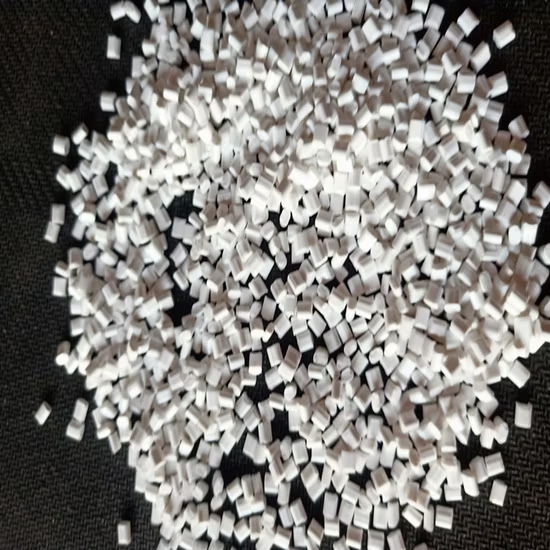



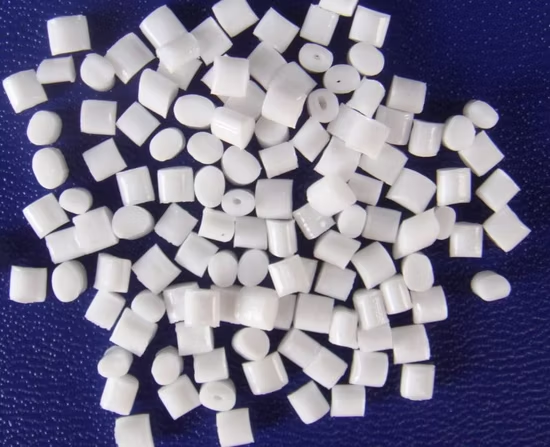
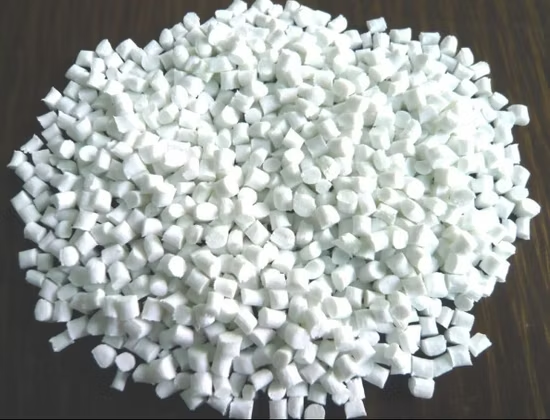
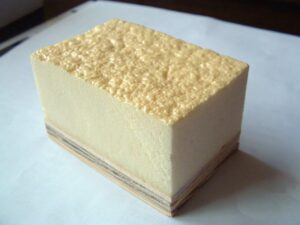
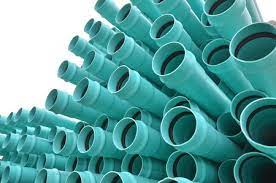
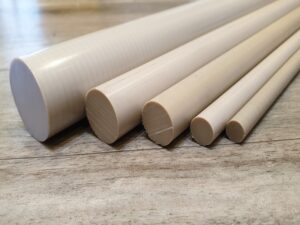

Reviews
There are no reviews yet.